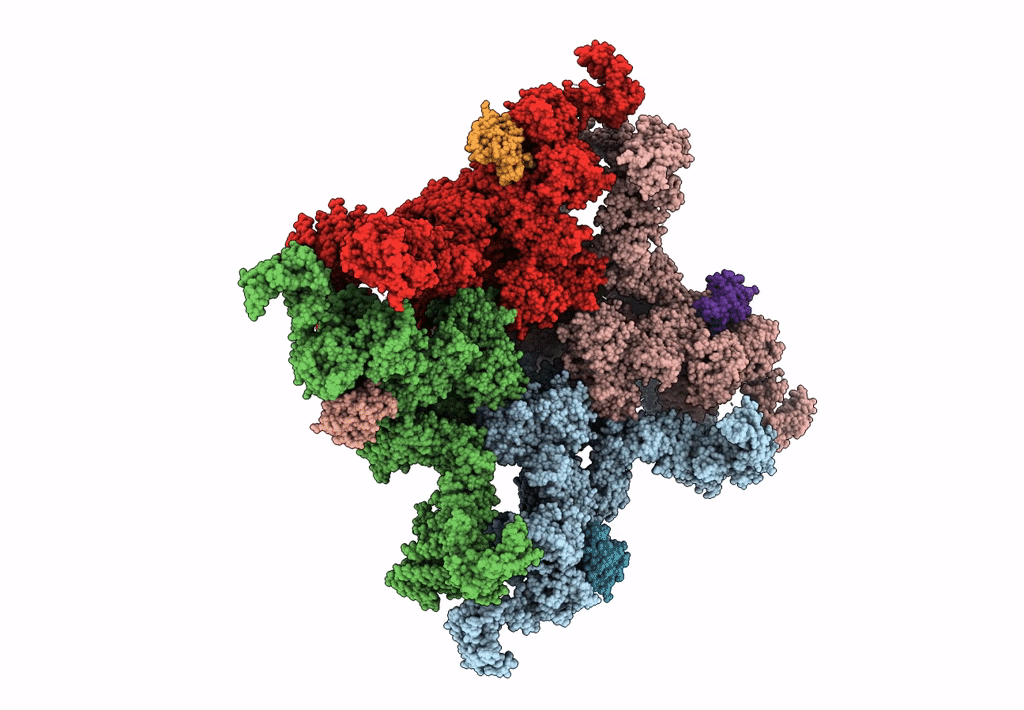
Deposition Date
2014-10-26
Release Date
2014-12-10
Last Version Date
2024-02-21
Entry Detail
PDB ID:
3J8H
Keywords:
Title:
Structure of the rabbit ryanodine receptor RyR1 in complex with FKBP12 at 3.8 Angstrom resolution
Biological Source:
Source Organism:
Oryctolagus cuniculus (Taxon ID: 9986)
Host Organism:
Method Details:
Experimental Method:
Resolution:
3.80 Å
Aggregation State:
PARTICLE
Reconstruction Method:
SINGLE PARTICLE


